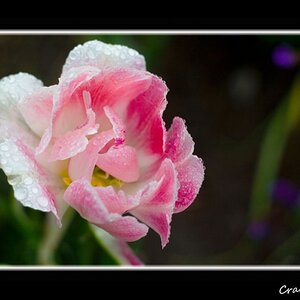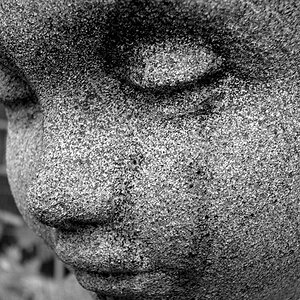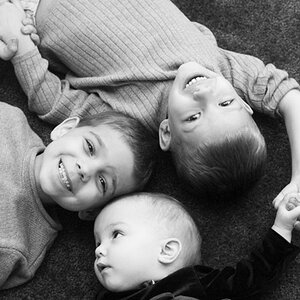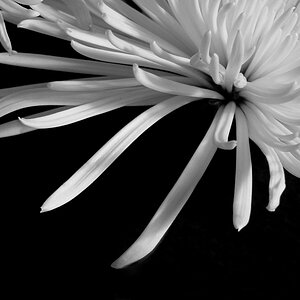- Joined
- Jun 9, 2013
- Messages
- 20,580
- Reaction score
- 12,709
- Website
- moderndinosaur.wordpress.com
- Can others edit my Photos
- Photos NOT OK to edit
I am all for keeping an open mind and allowing expansions of our understanding of things, but to say scribbles and spit on a piece of film counts as a photograph expands the definition so far as to render it meaningless. At that point, everything could be and would be a photograph, and the word would essentially mean nothing.


![[No title]](/data/xfmg/thumbnail/42/42487-e35b2848c41aeeb5a93f21809f036a1d.jpg?1619740196)
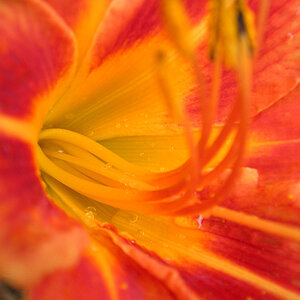
![[No title]](/data/xfmg/thumbnail/30/30868-01a498267fd96ce5b2d98347458d3903.jpg?1619734486)
